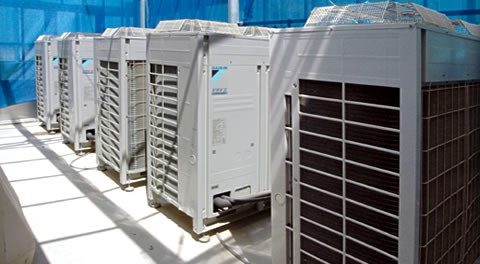
Air source is not always the best option for Heat Pumps. Although they generally have lower capital costs, other issues such as roof space availability, visual intrusion, noise impacts and cold pluming from the external units can be considerable constraints along with lower carbon performance and higher heat costs to residents.
Often through lack of available other options, air source heat pumps appear to be becoming the new default for heat networks. The concept design stage for heat networks should consider other available heat sources to ensure that the most suitable is selected and opportunities for better technologies are not missed through lack of investigation.
Heat pumps with water and ground sources can often have higher capital costs. Nonetheless, research has shown that their higher operational efficiency will return the investment much faster (important in ESCO scenarios) whilst achieving better carbon performance and utilising a more stable heat source. In addition to reducing resident heat bills the carbon benefits are likely to be increasingly important as Building Regulations become tighter.
The availability and suitability of the source type is connected to the location of the development, with the main factors to be considered being the underlying geology and environmental impact. Proving the viability of these sources and obtaining Environment Agency approvals can be costly and lengthy. However, in the right circumstances they can be worth it to secure a more appropriate heat source, and in so doing, provide a more robust, lower carbon, lower cost heat supply.
Posted on July 9th, 2020
Related services: Energy Statements, SBEM (Non-domestic), SAP (Domestic), Renewable Energy Feasibility Studies,